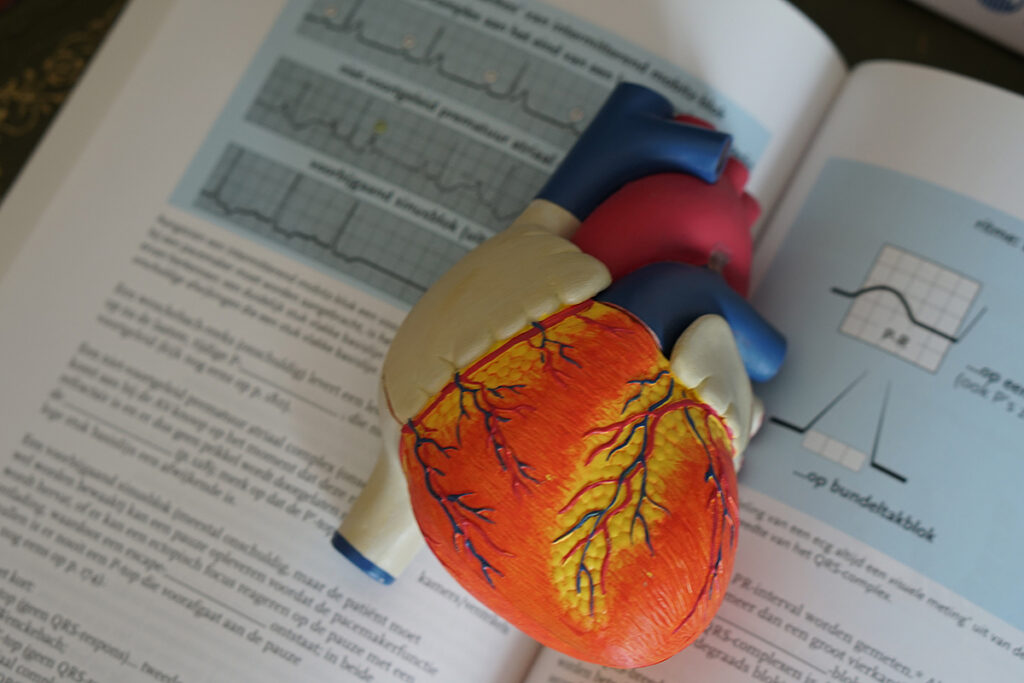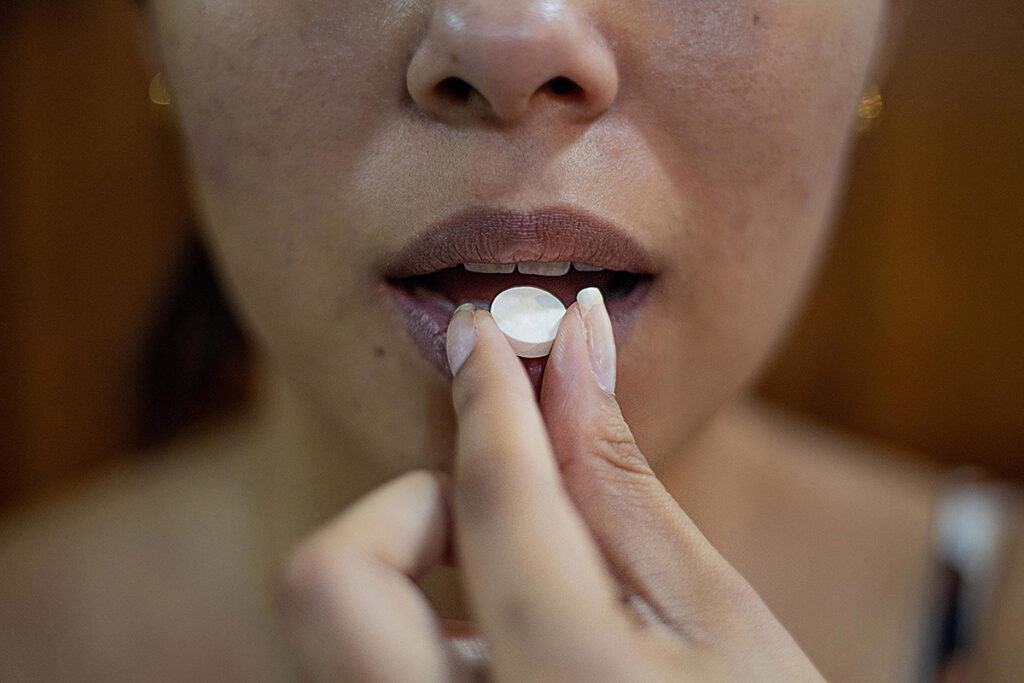Myocardial injury is a frequent finding in hospitalized COVID-19 patients, detected through elevated troponin levels in the blood serum, associated with worse outcomes and increased mortality. Mechanisms contributing to myocardial injury include hypoxia, myocarditis, cytokine storms, systemic inflammation, vascular inflammation, microvascular dysfunction, and ischemic heart disease. Myocardial injury can arise not only in COVID-19 but also in other severe conditions. A systematic review of 20 studies involving nearly 3300 critically ill patients showed myocardial injury in 12-85% of cases.
Brazilian scientists evaluated the frequency of myocardial injury and its impact on prognosis in patients with acute respiratory failure due to COVID-19 compared to patients with respiratory failure from other pulmonary infections. The study included data from over 1600 patients admitted to the intensive care unit with respiratory failure: 1444 with COVID-19 and 182 with other pulmonary conditions. Researchers assessed myocardial injury based on elevated cardiac troponin levels, with the upper limit of typical being:
- 2 pg/ml for men
- 6 pg/ml for women
The study also examined the association between myocardial injury and in-hospital mortality, pulmonary artery thromboembolism, or renal replacement therapy.
Comparative Analysis: COVID-19 vs. Other Infections
The proportion of patients with myocardial injury was lower among those suffering from COVID-19 than those with other infections: 36.4% versus 56%. Troponin levels were also lower in COVID-19 patients than those with other infections: 11.6 versus 35.5 pg/ml. COVID-19 patients exhibited higher rates of in-hospital mortality (41% versus 26.4%), pulmonary artery thromboembolism, and renal replacement therapy. Patients with COVID-19 had more extended hospital stays and intensive care unit stays, requiring prolonged mechanical ventilation.
Mortality rates were significantly higher in COVID-19 patients with troponin levels exceeding the upper limit of normal by more than five times: 49.8% compared to patients with normal troponin levels at 26.4%. Patients without COVID-19 but with higher troponin levels also had a higher mortality rate at 31.7%. The presence of myocardial injury upon admission to the intensive care unit was associated with a 59% increase in mortality.
Conclusion
The frequency of myocardial injury is lower in patients with COVID-19 than in those with other pulmonary infections. However, myocardial injury increases the risk of in-hospital mortality independent of the infectious agent. Myocardial injury in patients with severe pneumonia and respiratory failure may be secondary to organ dysfunction rather than directly related to a specific disease. Therefore, mitigating the risk of myocardial injury in patients involves organizing adequate support for organ function.
Useful article, necessary information? Share it!
Someone will also find it useful and necessary:



